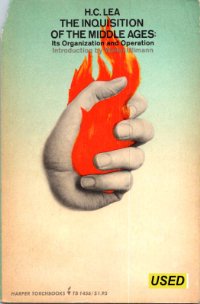By Philippe Wolff. Translated from the French by Anne Carter
"The Awakening of Europe" by Philippe Wolff, masterfully translated from the original French by Anne Carter, takes readers on a captivating journey through the tumultuous period of Europe's awakening. Through meticulous research and vivid storytelling, Wolff delves into the intricate tapestry of European history, unraveling the political upheavals, cultural shifts, and intellectual revolutions that shaped the continent. From the Renaissance to the Reformation, from the Age of Exploration to the Enlightenment, this book illuminates the pivotal moments that defined Europe's trajectory. With a keen eye for detail and a narrative that seamlessly weaves together disparate threads of history, Wolff's work transcends borders and languages to offer a compelling exploration of Europe's profound transformation. "The Awakening of Europe" is a must-read for history enthusiasts, students, and anyone curious about the forces that shaped the modern world.
Penguin, 1968, 314 pages





















